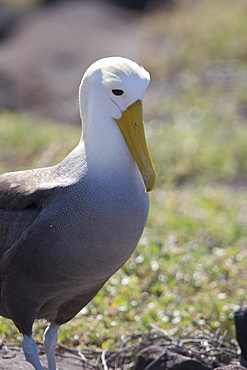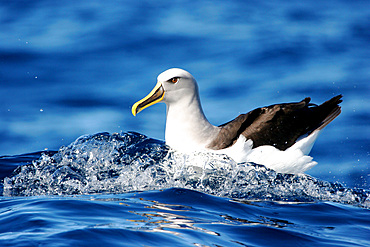Results
« Previous 1 2
104 results found

Adult black-browed albatross (Thalassarche melanophrys), pair in courtship display at nesting site on New Island, Falklands, South America
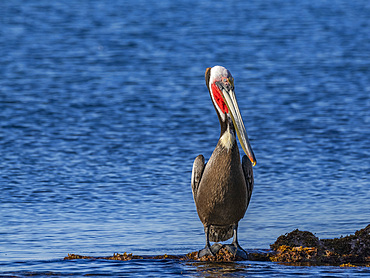
Adult brown pelican (Pelecanus occidentalis), on a small islet near Isla Salsipuedes, Baja California, Mexico, North America
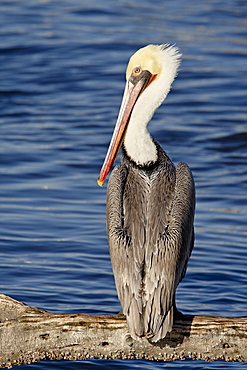
American White Pelican (Pelecanus erythrorhynchos), Sonny Bono Salton Sea National Wildlife Refuge, California, United States of America, North America

Great Egret (Ardea alba) with a fish, Sonny Bono Salton Sea National Wildlife Refuge, California, United States of America, North America
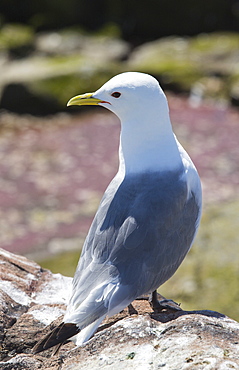
A Kittiwake, Rissa tridactyla, on the Farne Islands, Northumberland, UK, next to a pool with red algae. Kittiwakes have declined drastically due to climate change causing their main fish prey species to migrate further north to find cooler sea temperatures.
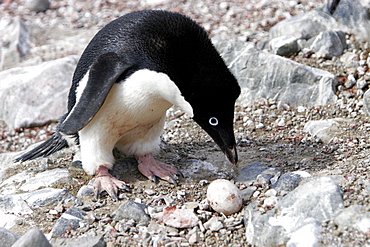
Adult Adelie penguin (Pygoscelis adeliae) inspecting a non-viable egg at Devil Island, Antarctic Peninsula. Adelie penguins are truly an ice dependant penguin species.
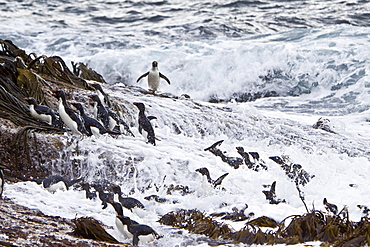
Adult Southern Rockhopper Penguins (Eudyptes chrysocome chrysocome) in the Falkland Islands. This is the smallest yellow-crested, black-and-white penguin in the genus Eudyptes. It reaches a length of 45-58 cm (18-23 in) and typically weighs 2-3.4 kg (4.4-7.5 lb), although there are records of exceptionally large rockhoppers weighing 5 kg (11 lbs). Their common name refers to the fact that unlike many other penguins which negotiate obstacles by sliding on their bellies or by awkward climbing using their flipper-like wings as aid, Rockhoppers will try to jump over boulders and across cracks. This behavior is by no means unique to this species however - at least the other "crested" penguins of the genus Eudyptes hop around rocks too. Southern Rockhopper Penguins have a global population of roughly 1 million pairs, perhaps a bit more. About two-thirds of the global population belongs to E. c. chrysocome which breeds on the Falkland Islands and on islands off Argentina and southern Chile. The Southern Rockhopper Penguin is classified as Vulnerable species by the IUCN.

Adult Adelie penguin pair (Pygoscelis adeliae) hauled out on an iceberg at Devil Island, Antarctic Peninsula. Adelie penguins are truly an ice dependant penguin species.
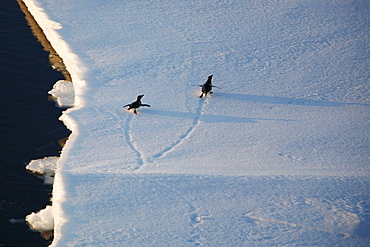
Adult Adelie penguins (Pygoscelis adeliae) tobogganing on an ice floe in the Weddell Sea, Antarctica. This penguin species is totally dependant on ice.
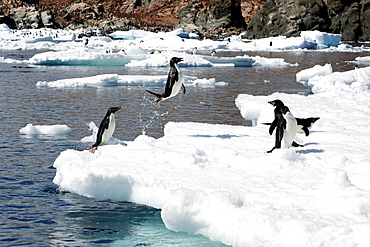
Adult Adelie penguin (Pygoscelis adeliae) leaping from the sea onto ice floes near Heroina Island in the Weddell Sea, Antarctica. This penguin species is totally dependant on ice.
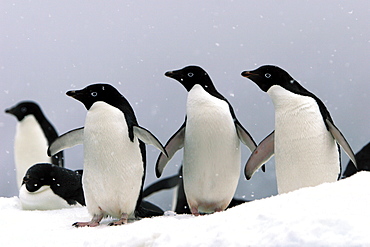
Adelie penguins (Pygoscelis adeliae) hauled out on an iceberg in a snowstorm near Paulet Island, Antarctic Peninsula. Adelie penguins are truly an ice dependant penguin species.
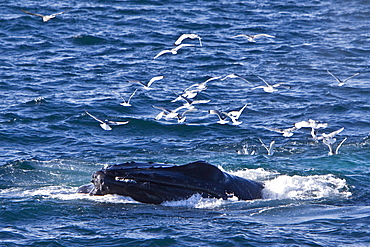
Adult humpback whale (Megaptera novaeangliae) sub-surface feeding among black-legged kittiwakes (Rissa tridactyla) off the continental shelf west of Spitsbergen in the Barents Sea, Norway. Humpbacks are one of the larger rorqual species, adults range in length from 12?16 metres (40?50 ft) and weigh approximately 36,000 kilograms (79,000 lb). There are at least 80,000 humpback whales worldwide.
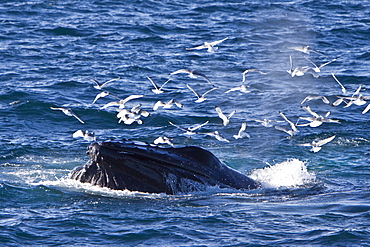
Adult humpback whale (Megaptera novaeangliae) sub-surface feeding among black-legged kittiwakes (Rissa tridactyla) off the continental shelf west of Spitsbergen in the Barents Sea, Norway. Humpbacks are one of the larger rorqual species, adults range in length from 12?16 metres (40?50 ft) and weigh approximately 36,000 kilograms (79,000 lb). There are at least 80,000 humpback whales worldwide.
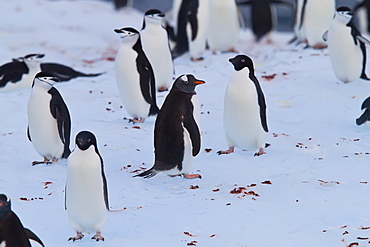
Three species of brushtail penguins (gentoo, Adelie, and chinstrap) all together on an iceberg in the Weddell Sea, on the eastern side of the Antarctic Peninsula

Adult humpback whale (Megaptera novaeangliae) sub-surface feeding among black-legged kittiwakes (Rissa tridactyla) off the continental shelf west of Spitsbergen in the Barents Sea, Norway. Humpbacks are one of the larger rorqual species, adults range in length from 12?16 metres (40?50 ft) and weigh approximately 36,000 kilograms (79,000 lb). There are at least 80,000 humpback whales worldwide.

Adult waved albatross (Diomedea irrorata) on Espanola Island in the Galapagos Island Group, Ecuador. Pacific Ocean. This species of albatross is endemic to the Galapagos Islands.

Yellow-footed Gull (Larus livens) with a fishing hook and line embedded in its leg in the Gulf of California (Sea of Cortez), Mexico. This species is enedemic to the Gulf of California.

Adult Yellow-footed Gull (Larus livens) with creolefish in the Gulf of California (Sea of Cortez), Mexico. This species is enedemic to the Gulf of California.
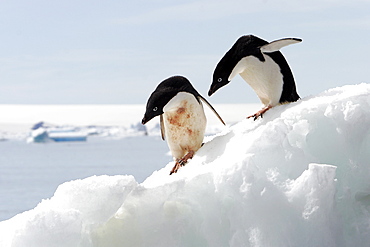
Adult Adelie penguins (Pygoscelis adeliae) hauled out on an iceberg at Devil Island, Antarctic Peninsula. Adelie penguins are truly an ice dependant penguin species.

Yellow-footed Gull (Larus livens) in flight at sunset in the Gulf of California (Sea of Cortez), Mexico. MORE INFO: This species is enedemic to only the Gulf of California.
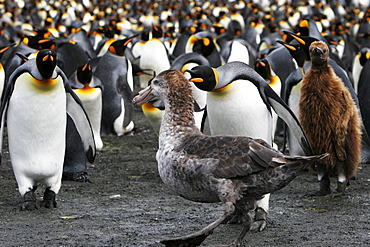
King Penguin colony (Aptenodytes patagonicus) guarding against a Southern Giant Petrel (Macronectes gigantes) on South Georgia Island, southern Atlantic Ocean.
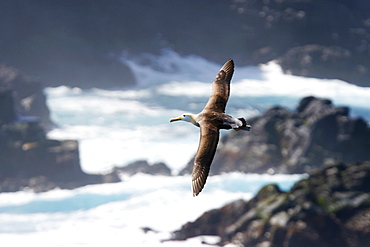
Adult waved albatross (Diomedea irrorata) in flight on Espanola Island in the Galapagos Island Group, Ecuador. Pacific Ocean. This species of albatross is endemic to the Galapagos Islands. (RR)
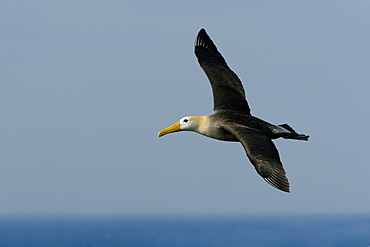
Adult waved albatross (Diomedea irrorata) in flight on Espanola Island in the Galapagos Island Group, Ecuador. Pacific Ocean. This species of albatross is endemic to the Galapagos Islands.

Yellow-footed Gull (Larus livens) on nest on Isla San Esteban in the Gulf of California (Sea of Cortez), Mexico. This species is enedemic to the Gulf of California.
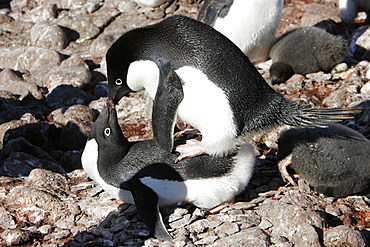
Adelie penguins (Pygoscelis adeliae) mock-mating (it is not mating season) on the beach on Paulet Island, Antarctic Peninsula. Adelie penguins are truly an ice dependant penguin species.
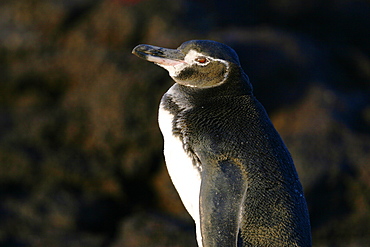
Adult Galapagos penguin (Spheniscus mendiculus) in the Galapagos Island Group, Ecuador. This is the only species of penguin in the northern hemisphere and is endemic to the Galapagos only.

Yellow-footed Gull (Larus livens) in the Gulf of California (Sea of Cortez), Mexico. This species is enedemic to only the Gulf of California.
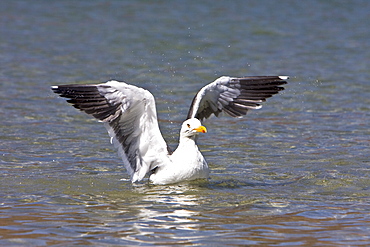
Yellow-footed Gull (Larus livens) in the Gulf of California (Sea of Cortez), Mexico. This species is enedemic to only the Gulf of California.

Yellow-footed Gull (Larus livens) in the Gulf of California (Sea of Cortez), Mexico. This species is enedemic to the Gulf of California.

Adult waved albatross (Diomedea irrorata) head detail on Espanola Island in the Galapagos Island Group, Ecuador. Pacific Ocean. This species of albatross is endemic to the Galapagos Islands.

Adult Galapagos penguin (Spheniscus mendiculus) in the Galapagos Island Group, Ecuador. This is the only species of penguin in the northern hemisphere and is endemic to the Galapagos only.
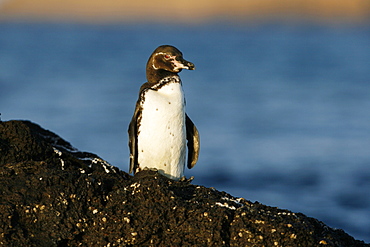
Adult Galapagos penguin (Spheniscus mendiculus) in the Galapagos Island Group, Ecuador. This is the only species of penguin in the northern hemisphere and is endemic to the Galapagos only.
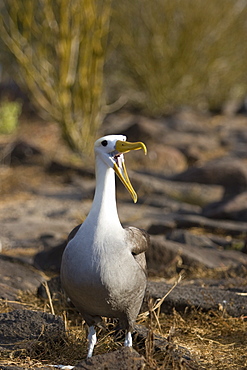
Adult waved albatross (Diomedea irrorata) on Espanola Island in the Galapagos Island Group, Ecuador. Pacific Ocean. This species of albatross is endemic to the Galapagos Islands.
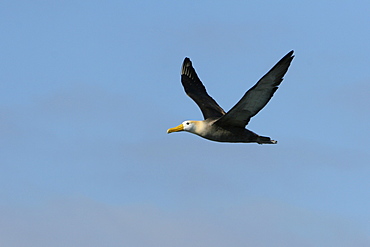
Adult waved albatross (Diomedea irrorata) in flight on Espanola Island in the Galapagos Island Group, Ecuador. Pacific Ocean. This species of albatross is endemic to the Galapagos Islands.
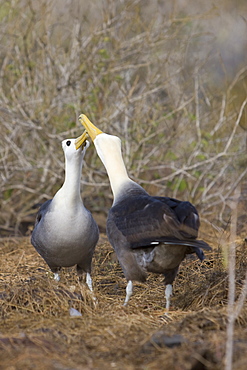
Adult waved albatross (Diomedea irrorata) on Espanola Island in the Galapagos Island Group, Ecuador. Pacific Ocean. This species of albatross is endemic to the Galapagos Islands.

Yellow-footed Gull (Larus livens) in flight at sunset in the Gulf of California (Sea of Cortez), Mexico. MORE INFO: This species is enedemic to only the Gulf of California.

Yellow-footed Gull (Larus livens) in the Gulf of California (Sea of Cortez), Mexico. This species is enedemic to only the Gulf of California.
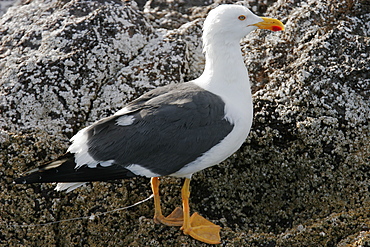
Yellow-footed Gull (Larus livens) with a fishing hook and line embedded in its leg in the Gulf of California (Sea of Cortez), Mexico. This species is enedemic to the Gulf of California.
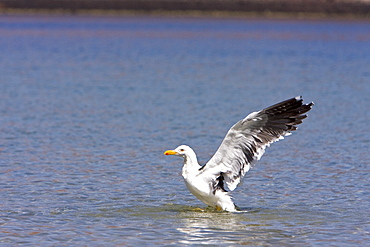
Yellow-footed Gull (Larus livens) in the Gulf of California (Sea of Cortez), Mexico. This species is enedemic to only the Gulf of California.
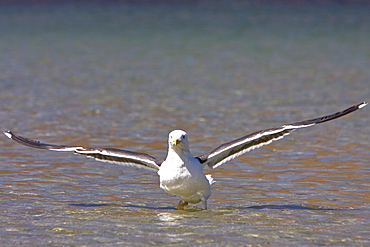
Yellow-footed Gull (Larus livens) in the Gulf of California (Sea of Cortez), Mexico. This species is enedemic to only the Gulf of California.
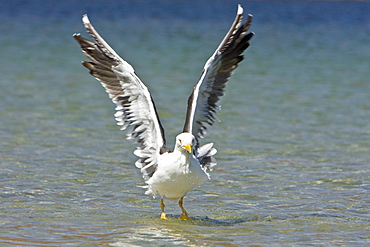
Yellow-footed Gull (Larus livens) in the Gulf of California (Sea of Cortez), Mexico. This species is enedemic to only the Gulf of California.
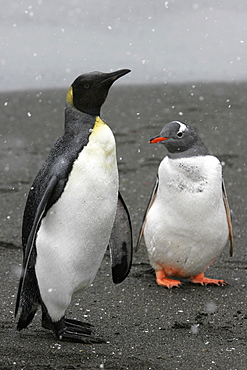
King Penguin (Aptenodytes patagonicus) standing near Gentoo Penguin (Pygoscelis papua) during snowfall on South Georgia Island, southern Atlantic Ocean.

Yellow-footed Gull (Larus livens) in the Gulf of California (Sea of Cortez), Mexico. This species is enedemic to the Gulf of California.
